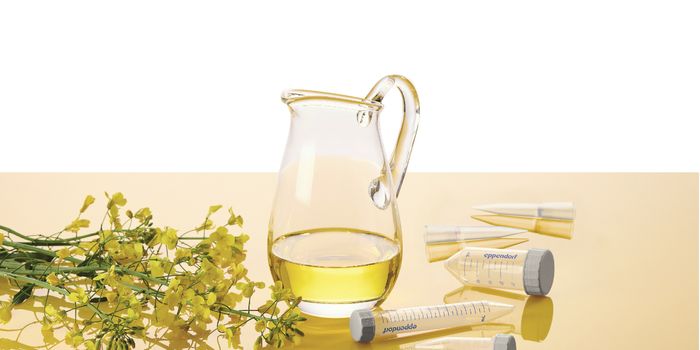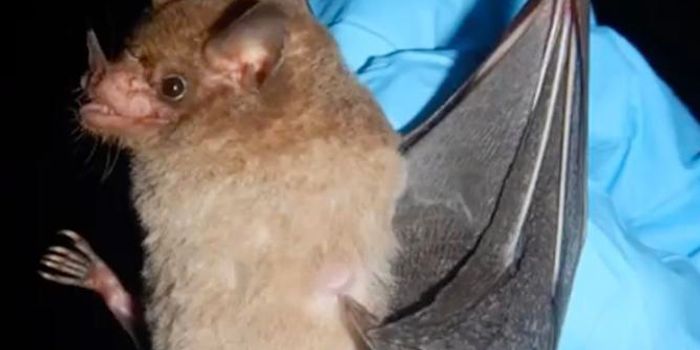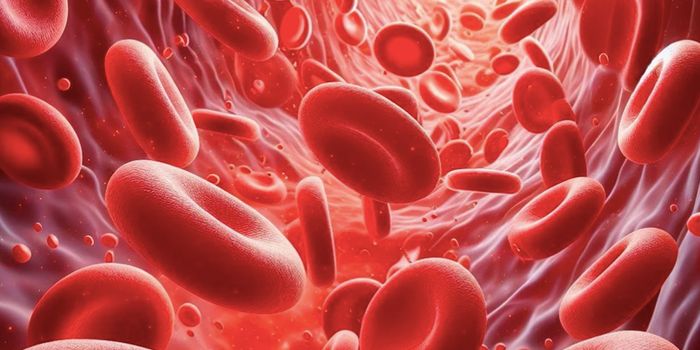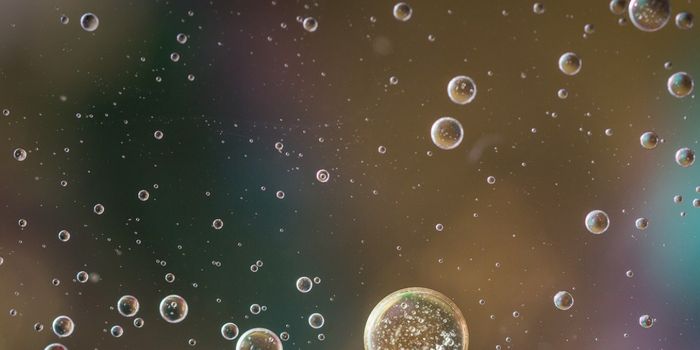Plants of the future may not need to be fertilized; they might create their own nutrients. That could be a huge relief for the planet, by increasing food production while reducing harmful chemical runoff. Researchers at Washington University in St. Louis have done something incredible; they have shown that it's possible to engineer plants that can use nitrogen from the air as a fertilizer. This research has been reported in the journal mBio.
Excess fertilizer runs off of crops and into streams, lakes, and rivers where it chokes the life in those ecosystems by encouraging algae growth. It also takes a lot of energy to make that fertilizer in the first place. Plants use the nitrogen in fertilizer to make chlorophyll for photosynthesis, but over 60 percent of the nitrogen in the fertilizer doesn’t even make it to the plant.
Scientists led by Himadri Pakrasi, the Glassberg-Greensfelder Distinguished University Professor in the Department of Biology in Arts & Sciences and director of the International Center for Energy, Environment and Sustainability (InCEES); and Maitrayee Bhattacharyya-Pakrasi, a senior research associate, envisioned the nitrogen in the atmosphere that surrounds all of us as a new source for fertilizer. The air we breathe is around 78 percent nitrogen, so they created a bacterium that could use that nitrogen in the atmosphere.
Plants cannot acquire nitrogen, or fix it, from the air. However, a special kind of photosynthesizing bacteria, cyanobacteria, has that ability. "Cyanobacteria are the only bacteria that have a circadian rhythm," Pakrasi said.
The circadian rhythm is the daily cycle on which organisms, and their physiology, run. Interestingly, Cyanothece bacteria were utilized in this study; they photosynthesize by day, converting sunlight to fuel. By night they fix nitrogen, after respiring out most of the oxygen made during photosynthesis. The team took Cyanothece genes that confer the circadian rhythm sense and added them to another cyanobacterium, Synechocystis. “We saw a contiguous set of 35 genes that were doing things only at night," Pakrasi explained, "and they were basically silent during the day."
By tinkering with the genes, the team was able to get Synechocystis to fix nitrogen at a rate that was 30 percent higher than the Cyanothece rate. "This means that the engineering plan is feasible," Pakrasi said. "I must say, this achievement was beyond my expectation."
The team plans to continue this work; they want to learn more about the genes used for nitrogen fixation and then begin to apply these findings to plants.








